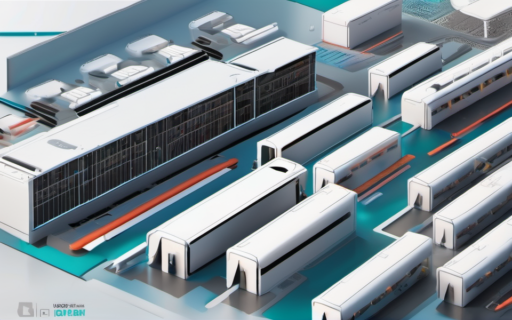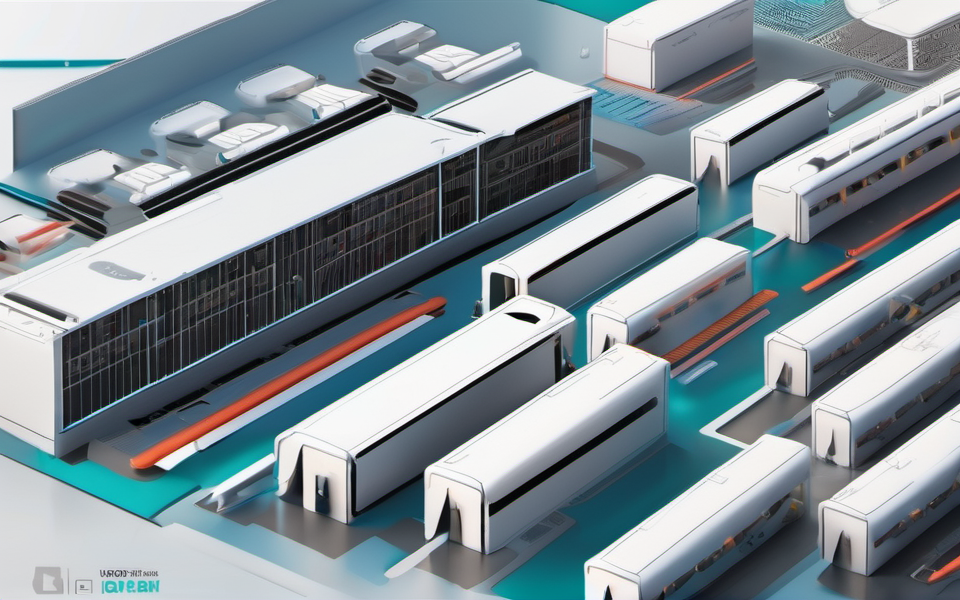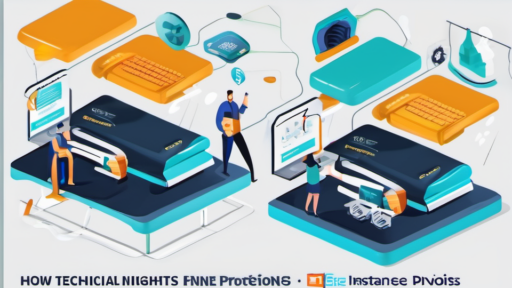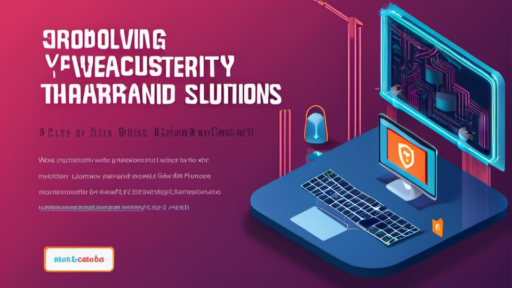Forget Everything You Thought You Knew About Security – This is the Future!
The world of cybersecurity is constantly evolving, and with it, the threats we face are becoming increasingly sophisticated. Gone are the days of simple firewall protection – cybersecurity professionals need innovative technical solutions to combat today’s ever-evolving landscape. From AI-powered threat detection to zero-trust architectures, the future of cybersecurity is being built right now, and it’s more powerful than you could ever imagine. But can these technical solutions truly keep pace with the rapidly changing threat landscape? Let’s dive in and explore the new frontiers of security solutions.
AI: Your New Cybersecurity Ally
Artificial intelligence (AI) has revolutionized many industries, and cybersecurity is no exception. Think of AI as your ever-vigilant security guard, capable of detecting subtle anomalies and predicting potential threats before they materialize.
AI-Powered Threat Detection:
-
Enhanced threat intelligence: AI systems analyze vast amounts of data from various sources, like public and private threat feeds, social media platforms, and your own internal systems. This continuous learning allows them to identify new and emerging threats, creating a proactive security posture.
-
Real-time threat monitoring: AI algorithms monitor your network in real-time, detecting suspicious activities like malware attacks, unauthorized access attempts, and data breaches. By continuously learning and adapting, AI systems can identify unusual patterns and trigger alarms much faster than human analysts, ultimately minimizing the damage caused by potential attacks.
-
Behavioral analysis: Instead of relying solely on signature-based detection (which relies on known threats), AI can analyze user behavior, identifying potential threats even before malicious code has entered your systems. Think of it like recognizing unusual spending patterns on your credit card – AI learns your “normal” activity and flags anything that deviates from it, giving you a proactive approach to cybersecurity.
The Benefits of AI in Cybersecurity:
-
Speed and Efficiency: AI can process data much faster than humans, allowing for quick identification and response to security threats. This agility is crucial in today’s fast-paced cybersecurity landscape.
-
Enhanced accuracy: AI systems can process vast amounts of data without getting fatigued or distracted, enabling more accurate detection and analysis of threats. This translates to fewer false positives and a higher degree of confidence in your security system.
-
Predictive Capabilities: By leveraging historical data, AI can analyze past patterns and predict future threats. This allows you to pre-emptively secure your systems, strengthening your defenses before potential attackers can exploit any weaknesses.
A Word of Caution:
While AI is a powerful tool, it’s essential to remember that it’s only as good as the data it’s trained on. Cybercriminals are constantly evolving their methods, so ensuring that your AI systems are continuously updated with the latest threat intelligence is crucial to maintaining an effective defense.
Zero-Trust: A New Approach to Network Security
Traditional security models were built around the assumption that users and devices inside the company network were trustworthy. But the digital landscape has changed, and today’s approach is centered around Zero Trust.
Why Trust No One?:
In today’s world, where users can work remotely from anywhere, security must be constantly reassessed, even for internal users and devices. This is the foundation of Zero Trust – no user or device is implicitly trusted, regardless of location or access rights.
Implementing Zero Trust:
-
Strong Authentication: Every user and device must be rigorously verified before accessing the network, using multi-factor authentication (MFA), strong passwords, and biometrics. Think of this as an extra layer of security, confirming the identity of individuals before granting them access.
-
Least Privilege Access: This means users and devices are only granted the minimum level of access necessary for their job duties. By limiting access to essential data and applications, you minimize the damage if an account is compromised.
-
Continuous Monitoring: Every user, device, and application within your network is continuously monitored for suspicious activity. Any unusual behavior can trigger an immediate alert, enabling prompt intervention and mitigation of potential threats.
-
Micro-segmentation: Dividing your network into smaller segments, each with its own unique security policies and access controls, ensures that if one segment is compromised, the damage remains contained and doesn’t spread to the entire network. This granular approach creates multiple barriers to attack, preventing attackers from achieving their objective.
Benefits of a Zero-Trust Approach:
-
Increased Security: Zero Trust eliminates inherent trust in users and devices, forcing the system to continuously verify every request, ultimately strengthening your cybersecurity posture.
-
Improved Compliance: Implementing Zero Trust can enhance compliance with industry regulations, such as HIPAA for healthcare and GDPR for data protection, as it prioritizes security and privacy at every stage.
-
Reduced Risk of Data Breaches: By minimizing access privileges and implementing rigorous monitoring, Zero Trust helps to prevent data breaches and protect sensitive information from unauthorized access.
Zero Trust – More Than Just a Trend:
Zero Trust is a paradigm shift in cybersecurity. It challenges the traditional way we think about securing networks, replacing outdated trust models with continuous verification and proactive security. As cyberattacks become increasingly sophisticated, the adoption of a Zero Trust approach will be critical in keeping your organization secure.
Building the Future: How You Can Leverage These Solutions
Cybersecurity is an ongoing battle, but by embracing AI-powered threat detection and implementing Zero Trust principles, you can take a proactive approach to safeguarding your organization. The key to a successful cybersecurity strategy lies in adopting these advanced technical solutions, staying informed about emerging threats, and prioritizing continuous learning and adaptation.
Key Takeaways
-
AI and Zero Trust are game-changers: AI-powered threat detection and Zero Trust architectures are the new frontier of cybersecurity. Embrace these innovations to stay ahead of emerging threats.
-
Focus on proactive defense: Instead of relying solely on reactive measures, implement proactive strategies that can detect and prevent threats before they cause damage.
-
Stay informed: Keep yourself updated about new security threats, vulnerabilities, and best practices by subscribing to security newsletters, attending conferences, and connecting with other cybersecurity professionals.
-
Continuously adapt: The cybersecurity landscape is dynamic and requires continuous adaptation to stay ahead. This includes staying informed about new threats and vulnerabilities, upgrading security software and procedures, and conducting regular security audits.
-
Partner with experts: Cybersecurity can be a complex challenge, so consider partnering with trusted security professionals who can provide guidance, expertise, and hands-on assistance.
By embracing the future of cybersecurity, organizations can be confident in their ability to weather the storm and emerge stronger.






